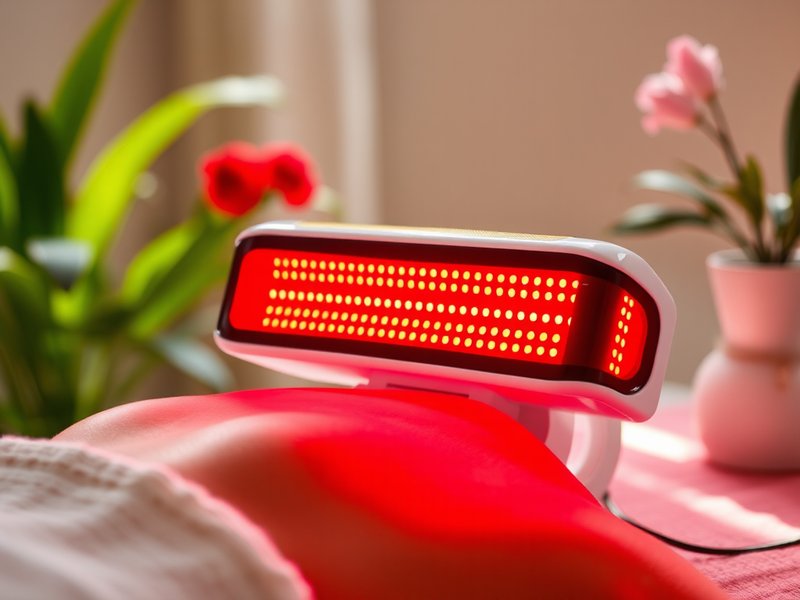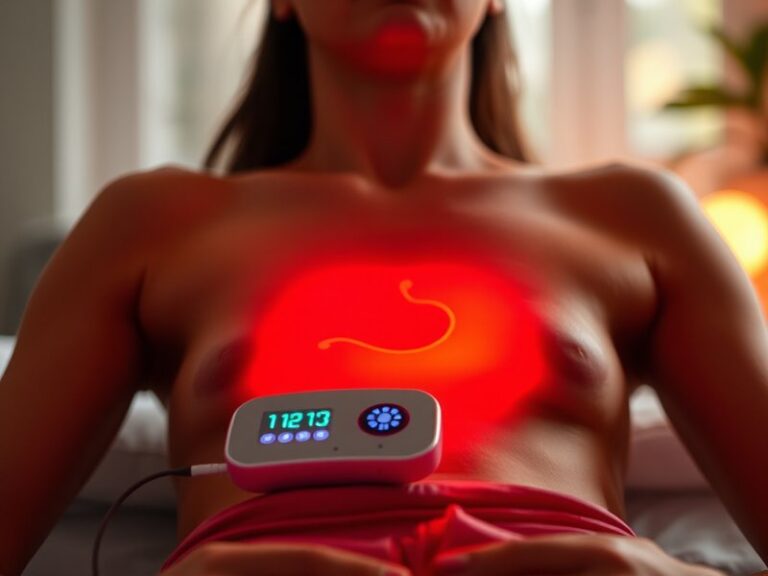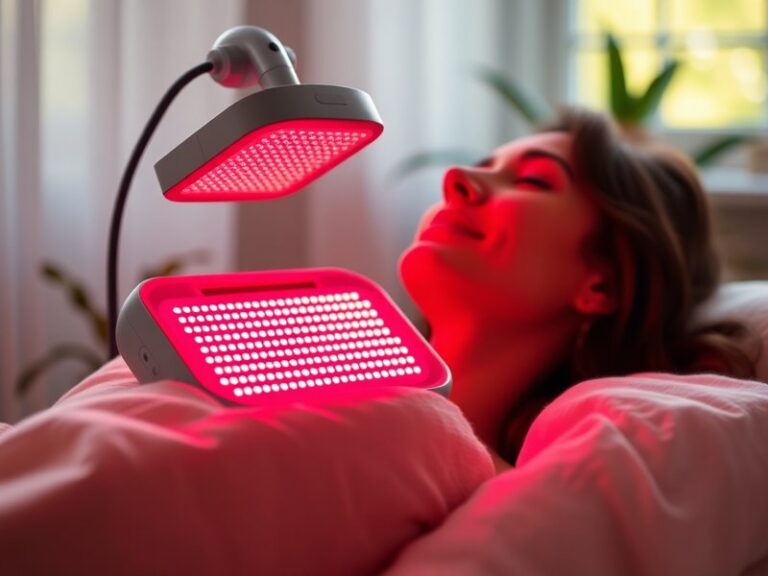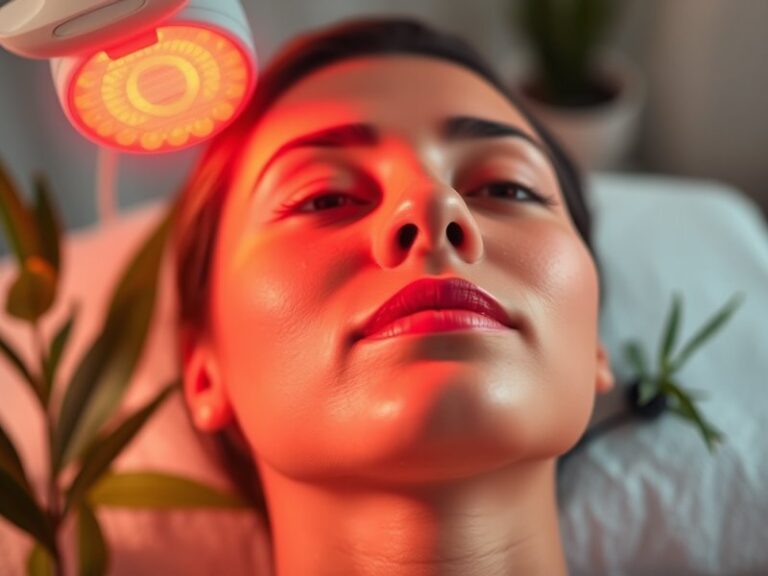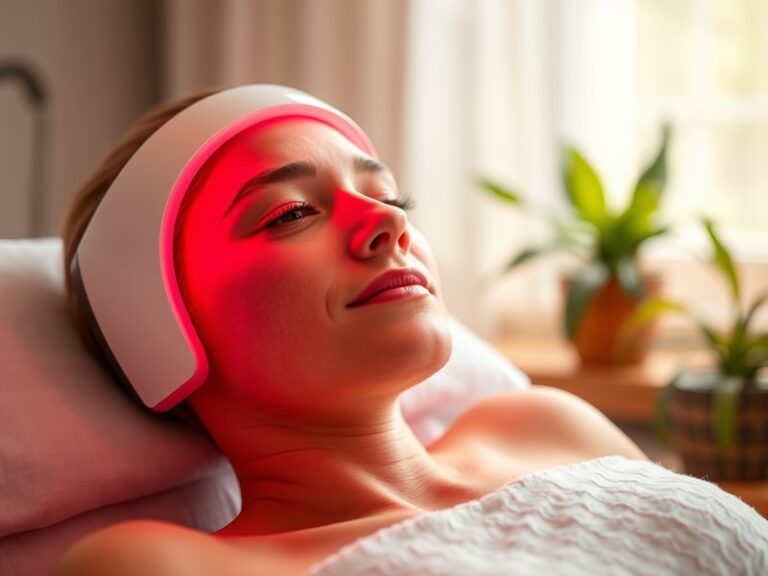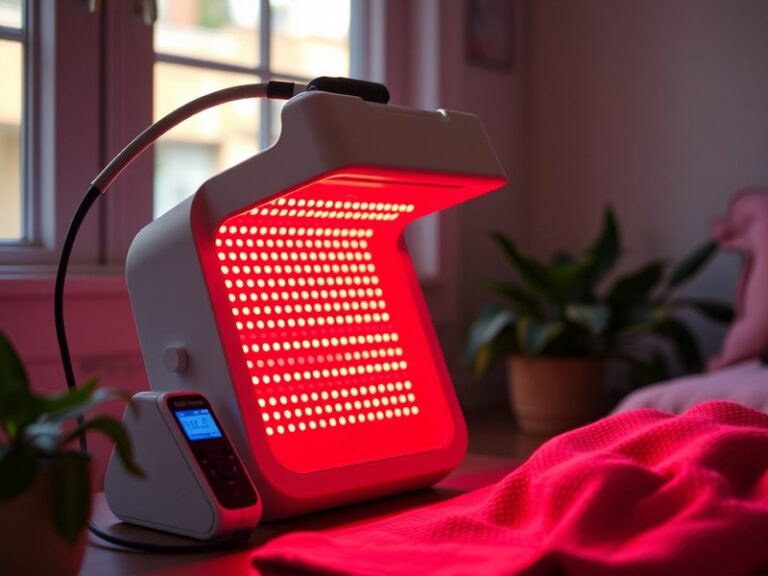How Much Are Red Light Therapy?
How Much Does Red Light Therapy Cost?
Are you curious about the cost of red light therapy?
Red light therapy (RLT) has gained popularity for its numerous health benefits, but how much can you expect to invest in this treatment? This article will discuss the costs associated with red light therapy sessions, equipment purchases, and factors that influence pricing, helping you make an informed decision.
Key Takeaways
- The cost of professional red light therapy sessions typically ranges from $25 to $150 per session.
- At-home devices can vary widely in price, ranging from $100 for basic models to over $2,500 for advanced models.
- Various factors, such as location, device specifications, and treatment frequency, influence the overall cost.
What is Red Light Therapy?
Red light therapy is a non-invasive treatment that uses low-level wavelengths of red light to stimulate cellular function and promote healing. This therapy is often used for skin rejuvenation, wound healing, reducing inflammation, and alleviating pain.
Red light therapy works through the process of photobiomodulation. When red light penetrates the skin, it interacts with photoreceptors in cells, boosting energy production and encouraging the body’s natural healing processes. This treatment is recognized for its safety and effectiveness across various applications, making it a popular choice for at-home health regimens and professional treatments.
What are the Benefits of Red Light Therapy?
Red light therapy offers a range of benefits that may enhance physical well-being and aesthetics. Below are some of the most notable advantages:
Skin Rejuvenation
One of the main benefits of red light therapy is its ability to improve skin texture and reduce signs of aging. Studies show that RLT can enhance collagen production, leading to firmer and more youthful-looking skin.
Read the extensive guide Is Blue and Red Light Therapy Safe?
Pain Relief
RLT has been shown to reduce inflammation and pain associated with various conditions, including arthritis and chronic pain. Many users report significant relief after undergoing regular sessions.
Improved Recovery Times
Athletes often utilize red light therapy to accelerate muscle recovery after workouts. The therapy enhances circulation and reduces inflammation, helping speed up the healing process of sore muscles and injuries.
Enhanced Mood and Sleep Quality
Another benefit of RLT involves its positive effects on mood and sleep patterns. Exposure to red light can help regulate circadian rhythms, promoting better quality sleep and potentially alleviating symptoms of seasonal affective disorder (SAD).
Is it Possible to Perform Red Light Therapy at Home?
Many people are exploring the option of performing red light therapy at home, thanks to the availability of various devices designed for personal use. While it is feasible, it’s important to consider a few factors to ensure effectiveness and safety.
What are the Advantages of At-Home Red Light Therapy?
Convenience is one major advantage. Owning a device allows for flexibility in scheduling sessions without the need to visit a clinic. Additionally, at-home devices can be more cost-effective in the long run compared to repeated professional sessions.
What are the Disadvantages of At-Home Red Light Therapy?
However, disadvantages exist, including the potential lack of professional guidance during use. Without proper knowledge, users may not achieve optimum results. Moreover, the effectiveness of at-home devices can vary greatly based on their quality and specifications.
What are the Things to Consider Before Starting Red Light Therapy?
Before beginning red light therapy, there are several critical factors to keep in mind.
Device Quality
Choosing a high-quality device is essential, as the effectiveness of red light therapy greatly depends on the wavelength and power output. Research and compare brands to find a reliable product.
Treatment Duration and Frequency
Establishing a treatment regimen is important for achieving results. Most recommendations suggest sessions lasting between 10 to 20 minutes, several times a week.
Personal Health Concerns
Consulting with a healthcare professional before starting red light therapy is advisable, especially for individuals with specific health conditions or those taking medications that may interfere with light therapy.
Cost vs. Benefit Analysis
Assessing the potential benefits against the costs involved is crucial. Determine your treatment goals to evaluate whether the investment in devices or sessions aligns with your needs.
What are the Alternatives to Red Light Therapy?
If red light therapy doesn’t seem suitable for you, consider these alternative treatments:
Cold Laser Therapy
Cold laser therapy, like RLT, uses light to promote healing but utilizes different wavelengths for therapeutic effects. It can also help reduce inflammation and alleviate pain without the heat of traditional lasers.
Microdermabrasion
Microdermabrasion is a non-invasive procedure that exfoliates the skin, improving texture and minimizing signs of aging. This option may complement or serve as an alternative to red light therapy for skin rejuvenation.
Chemical Peels
Offering a deeper exfoliation than microdermabrasion, chemical peels use acids to remove damaged skin. This treatment targets issues such as pigmentation and wrinkles, which could also be benefits sought through RLT.
Conclusion: Is it Recommended to Try Red Light Therapy?
After considering the costs, benefits, and alternatives, red light therapy is recommended for individuals looking to enhance skin health, relieve pain, or support recovery. It’s essential to assess your specific needs and budget before committing to this treatment.
Discover the complete guide Can Babies Use Red Light?
Frequently Asked Questions
How much do professional red light therapy sessions cost?
Professional sessions typically range from $25 to $150, depending on the clinic and location. Many clinics offer discounted packages for multiple sessions.
Are at-home red light therapy devices effective?
Yes, at-home devices can be effective, but their potency and wavelength specifications vary widely. Investing in a high-quality device is crucial for achieving desired results.
How often should I use red light therapy?
Most recommendations suggest 2 to 3 sessions per week, lasting about 10 to 20 minutes each, but this can vary based on individual goals and device specifications.
Can red light therapy help with acne?
Red light therapy can aid in reducing acne by decreasing inflammation and promoting healing. Many users report positive effects on their acne when using RLT.
Are there any side effects associated with red light therapy?
Red light therapy is generally considered safe with minimal side effects, though some users may experience mild redness or irritation post-treatment. It’s advisable to follow guidelines for safe use.
